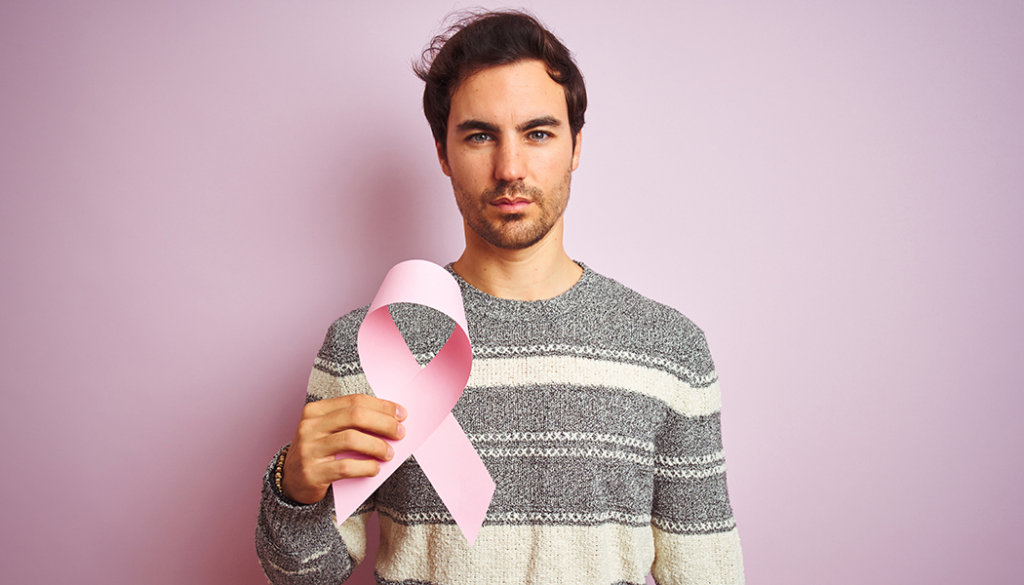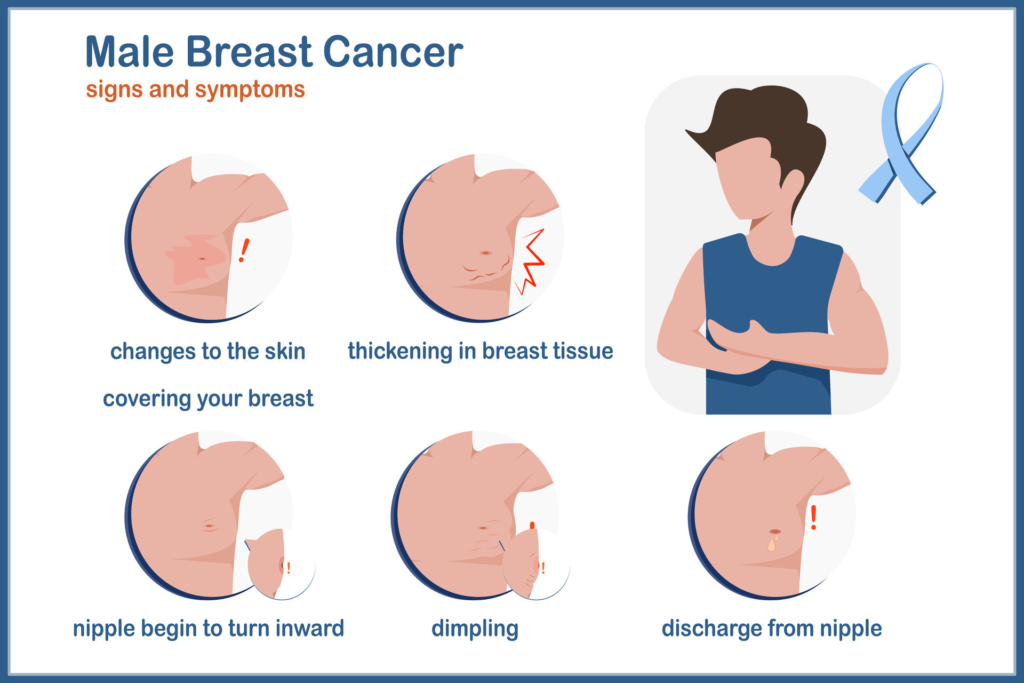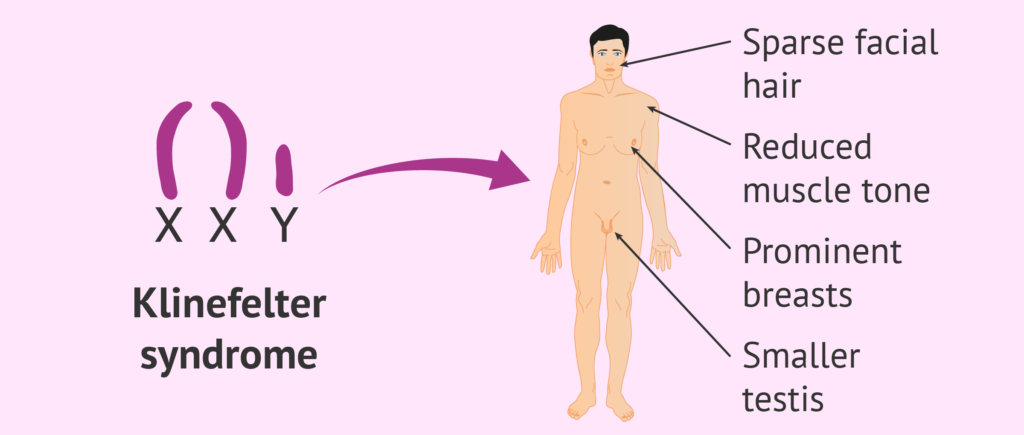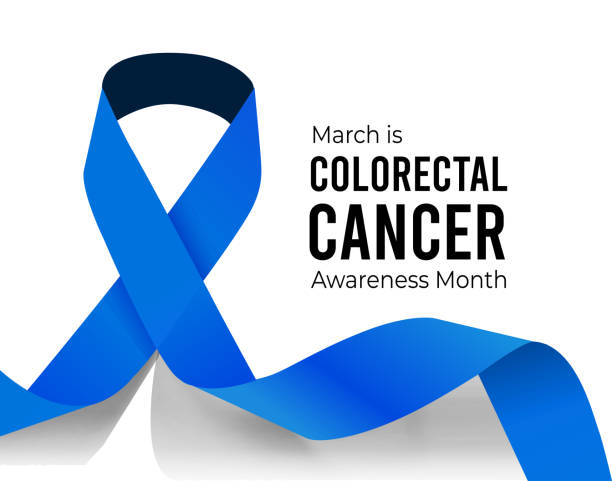Men get Breast Cancer too

Breast cancer occurs mainly in women, but men can get it, too. Many do not realize that men have breast tissues and that they can develop breast cancer too. Though breast cancer is most often found in women with 1 in 4 women getting breast cancer, men are no exception with 1 in 100 or 1% of breast cancer victims being male.
Cells in nearly any part of the body can become cancer and can spread to other areas. Breast cancer starts when cells in the breast begin to grow out of control. These cells usually form a tumour that can often be seen on an x-ray or felt as a lump. The tumour is malignant (cancer) if the cells can grow into (invade) surrounding tissues or spread (metastasize) to distant areas of the body.

The most common kinds of breast cancer in men are:
(i) Invasive ductal carcinoma. The cancer cells begin in the breast ducts and then grow into other parts of the breast tissue.
(ii) Ductal carcinoma in situ (DCIS). The cancer cells are only in the lining of the ducts, and have not spread to other tissues in the breast.

Symptoms of Breast Cancer
•Lump or swelling in the breast.
•Redness or flaky skin on the breast.
•Irritation or dimpling of breast skin.
•Nipple discharge
•Pulling in of the nipple or pain in the nipple area.
These symptoms can happen with other conditions that are not cancer. Please see a doctor right away if you exhibit these symptoms.

Risk Factors
Several factors can increase a man’s risk of getting breast cancer:

•Getting older. The risk for breast cancer increases with age with most breast cancers occurring after the age of 50.

•Genetic mutations. Mutations in certain genes such as BRCA1 and BRCA2 increases breast cancer risk.

•Family history of breast cancer. A man’s risk for breast cancer is higher if a close family member has a history of breast cancer.

•Radiation therapy treatment. Men who have had radiation therapy to the chest have a higher risk of getting breast cancer.

•Hormone therapy treatment. Drugs containing oestrogen (a hormone that helps develop and maintain female sex characteristics), which were used to treat prostate cancer in the past, increase men’s breast cancer risk.

•Klinefelter syndrome. Klinefelter syndrome is a rare genetic condition in which a male has an extra X chromosome. This can lead to the body making higher levels of estrogen (predominant female hormone) and lower levels of androgens (hormones that help develop and maintain male sex characteristics).

•Liver disease. Cirrhosis (scarring) of the liver can lower androgen levels and raise estrogen levels in men, increasing the risk of breast cancer.

•Overweight and obesity. Older men who are overweight or obese have a higher risk of getting breast cancer than normal weighted men.

Though the probability of a man getting breast cancer is low, it is always good to do a full body check-up annually to ensure one’s health is in good shape.
Reference
1. Centers for Disease Control Prevention. Breast Cancer in Man.







